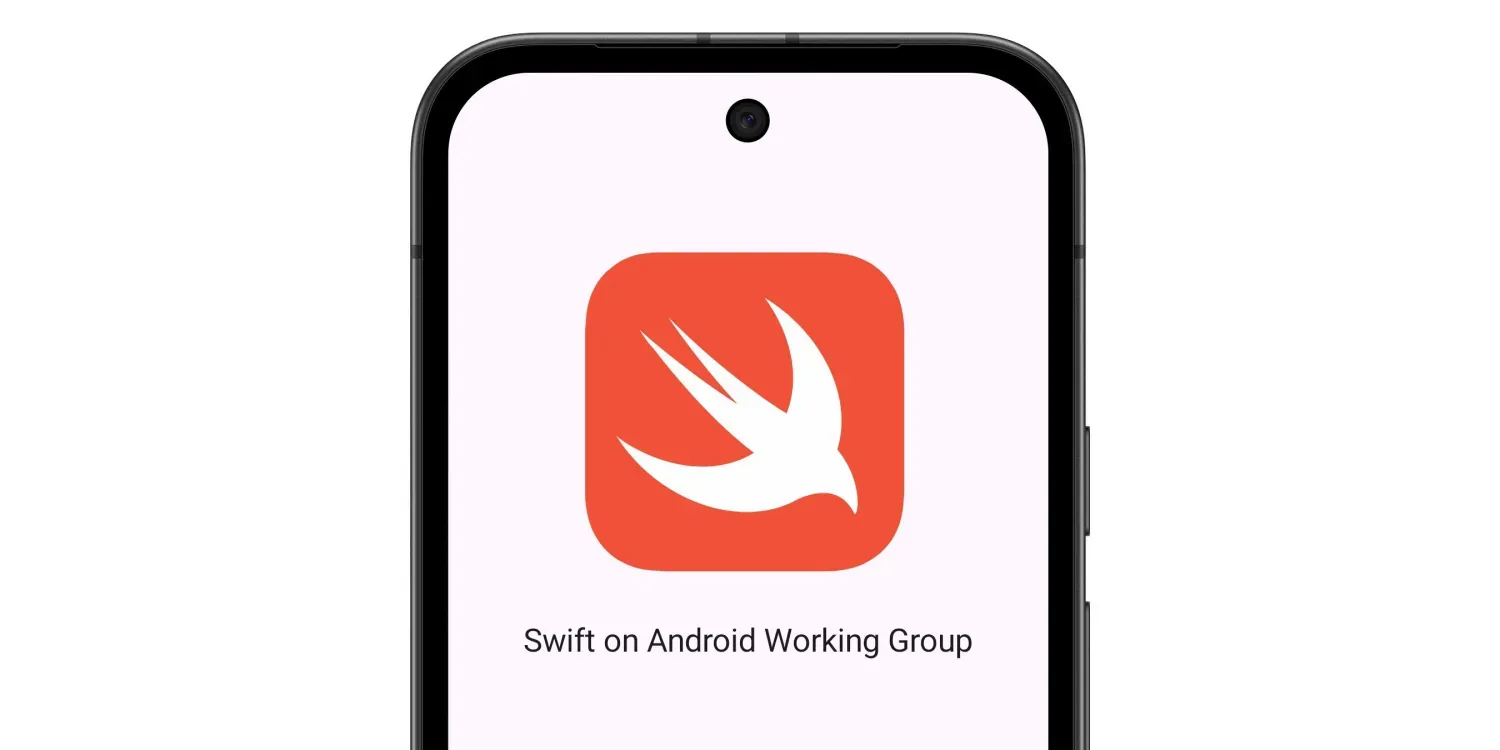Swift Android Support: Apple Expands Its Programming Language to New Platforms
Apple’s Swift programming language is now officially expanding into Android development, marking a surprising shift in strategy for the tech giant. Although Swift was initially built to serve Apple’s ecosystem—including iOS, macOS, watchOS, and tvOS—developers will soon be able to use it natively on Android thanks to a newly formed “Android Working Group.” This move could significantly broaden Swift’s reach and offer developers an alternative to Kotlin, the current standard language for Android development. With swift android support becoming a real initiative, developers are eager to see how this could reshape the cross-platform app development space.
Image : GoogleWhy Swift Android Support Matters for Developers
While Kotlin remains the official language recommended by Google for Android app development, the addition of Swift android support introduces new possibilities. Swift is known for its modern syntax, safety features, and performance—all qualities that developers admire. Until now, using Swift on Android required third-party tools like Scade, which limited adoption and functionality. With native-level support now in the works, Swift may finally become a viable cross-platform language, empowering developers to share more code across Apple and Android apps.
This also reflects a growing trend in software development: companies seeking language-agnostic solutions that reduce platform-specific rewrites. The Android Working Group’s objectives include building continuous integration support, enhancing interoperability with Java SDKs, and ensuring compatibility with various Android API levels. These efforts aim to make Swift not just available, but truly competitive and stable on Android.
What the Android Working Group Plans to Deliver
Apple’s newly created Android Working Group for Swift is not just symbolic—it’s backed by a clearly defined roadmap. One of its primary goals is to eliminate the need for downstream patches, enabling Swift to work seamlessly with Android through its official toolchain. Other key initiatives include adapting foundational Swift packages like Foundation and Dispatch to Android-specific environments and ensuring a robust debugging experience for Android-based Swift apps.
Additionally, the group aims to define official platform support levels for Android, develop testing infrastructure through continuous integration (CI), and offer guidance on best practices for bridging Swift with Android’s Java-based SDK. By standardizing these processes, Swift’s Android support becomes less experimental and more production-ready, opening the door for professional-grade apps built entirely in Swift.
The Future of Cross-Platform Development with Swift Android Support
The expansion of Swift to Android could have far-reaching implications for the future of mobile development. Swift already supports platforms like Windows and Linux, and Android support makes it more versatile than ever. Developers working on complex cross-platform projects can now consider Swift as a one-language solution, reducing complexity and potentially saving time and resources. This is particularly appealing for teams that already use Swift heavily for iOS and want to avoid managing a separate Kotlin codebase for Android.
Moreover, Swift’s open-source nature encourages contributions from the global developer community. The Android Working Group invites collaboration, meaning developers can help shape Swift’s Android journey. Although Kotlin is deeply entrenched in Android development, the introduction of native swift android support offers healthy competition and could drive innovation across both ecosystems.
Apple’s push to bring swift android support into the mainstream is a notable development in the programming world. It not only bridges a long-standing divide between two major mobile platforms but also empowers developers with more flexibility and choice. With a dedicated team, official tooling, and growing community interest, Swift on Android may soon become more than just a novelty—it could be the next big trend in cross-platform mobile development.


Post a Comment